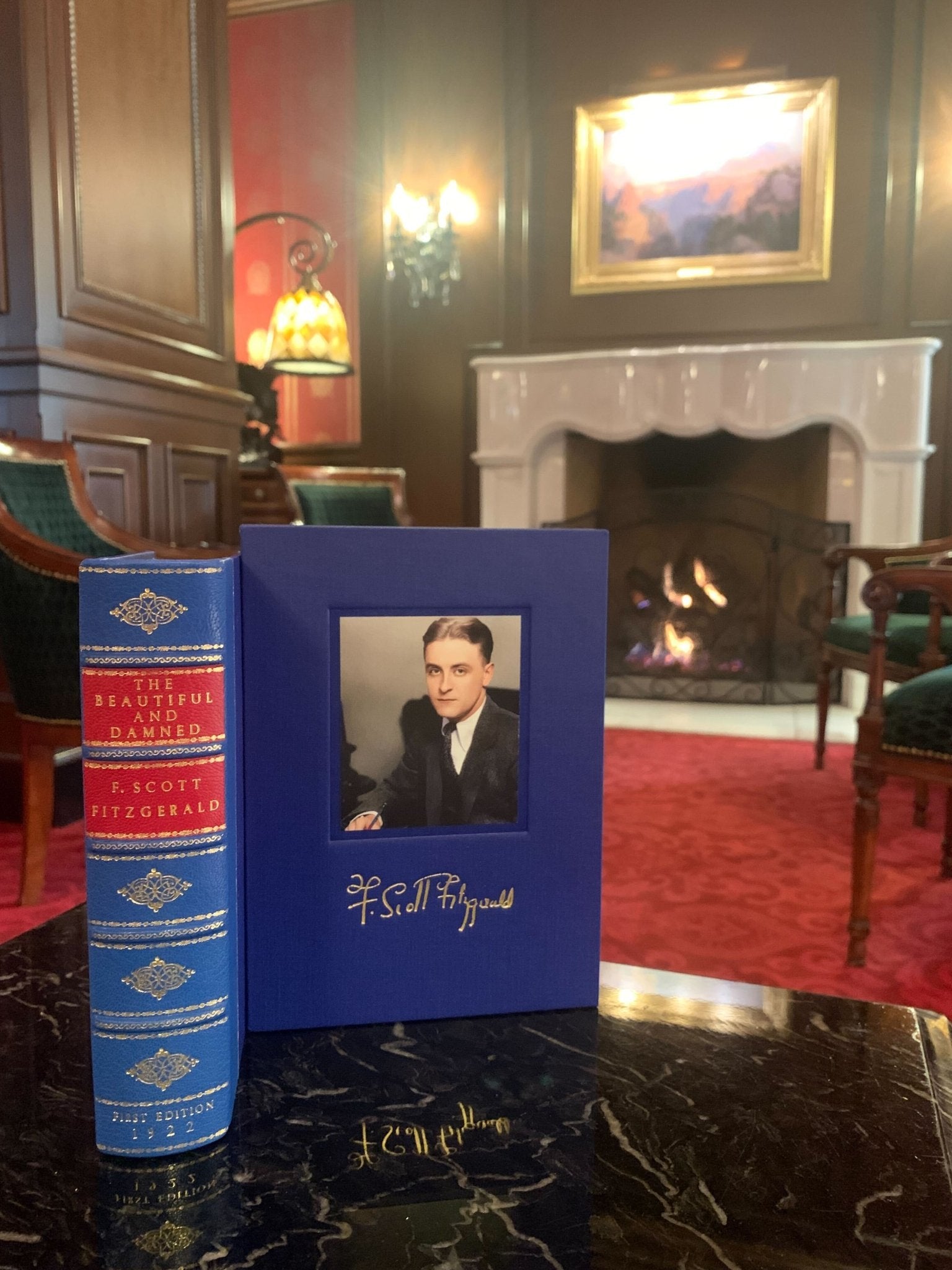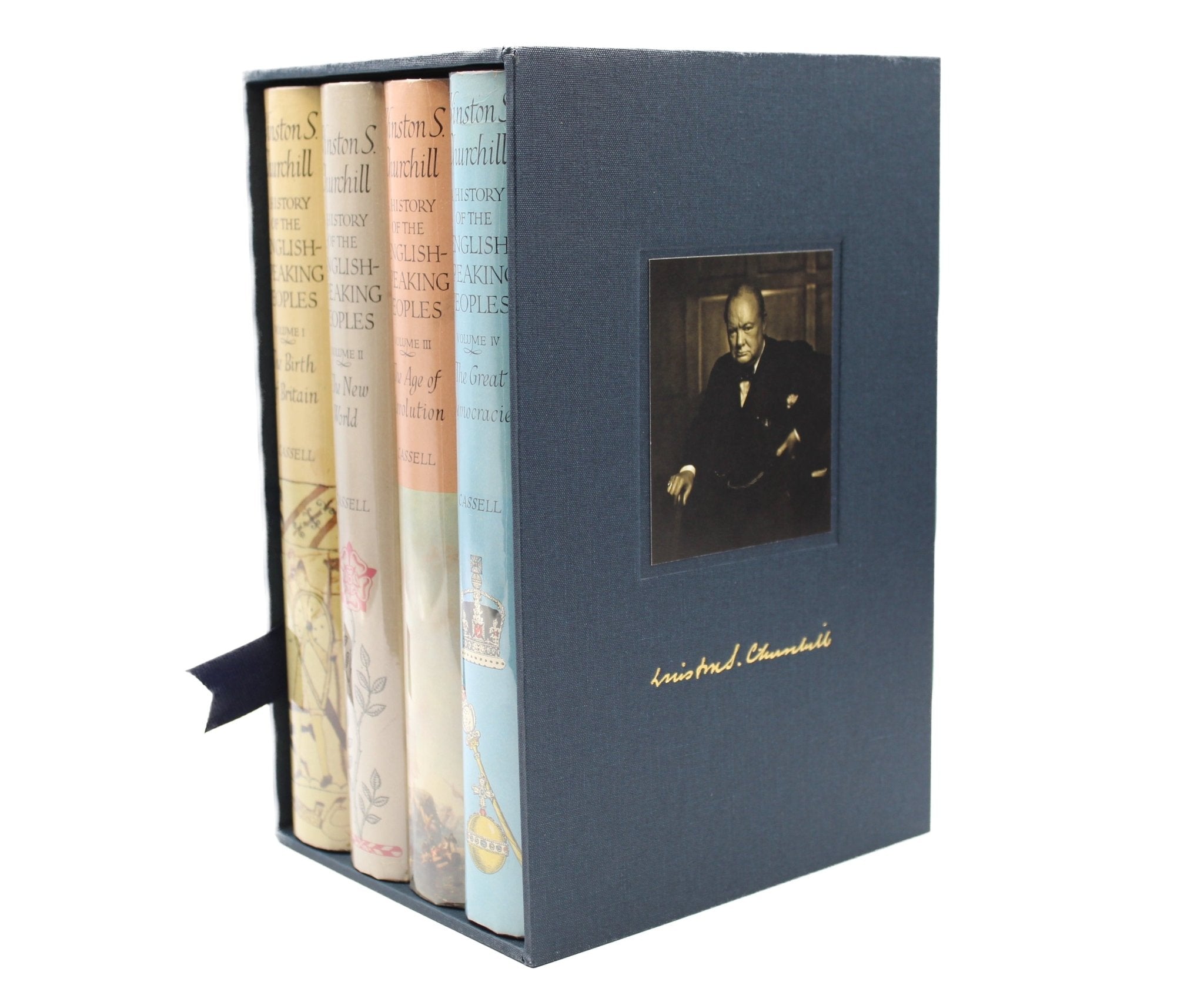Blog

Edward Shenton illustrated 152 books and their jackets for books published by Scribner’s. He worked with famed editor Maxwell Perkins to illustrate works by Thomas Wolf, William Faulkner, F. Scott ...
Read more
Remington's Nocturnal Paintings
More than half of Frederic Remington’s paintings in his later years were night scenes. From 1900 to his premature death in 1909, Remington completed more than seventy paintings exploring the colors...
Read more
Admiral Halsey: An American Naval Hero
During World War II, the U.S. Navy fought in every ocean of the world, but it was the war in the Pacific against the Empire of Japan that would have the greatest impact on shaping the future of the...
Read more
Blueskin was one of Washington’s two primary mounts during the Revolutionary War. The horse was a half-Arabian, sired by the stallion "Ranger,” and a gift to Washington from Colonel Benjamin Tasker...
Read more
The Beautiful and the Damned: Zelda and F. Scott Fitzgerald
The Beautiful and the Damned, published in 1922 by F. Scott Fitzgerald, presents the reader with a fictionalized telling of the perpetually problematic relationship between Zelda and Frances Scott ...
Read more
President John F. Kennedy was a fan of Ian Fleming’s spy novels, and helped propel him to fame in the American market.
Read more
California has a very interesting mapping history. During and after the Mexican-American War, efforts to map California increased. Once gold was discovered in 1848, cartographers, geographers, and ...
Read more
Exploring 19th Century Paris Maps
We currently have two 19th century maps of Paris in our inventory. These maps show a snapshot of the city in the middle of two revolutions: the July Revolution and the 1848 Revolution. Both are inc...
Read more
A History of the English-Speaking Peoples by Winston Churchill
Winston Churchill wrote his work A History of the English-Speaking Peoples over the course of a decade and a half. The works give an extensive account of the history of Britain and America, from ...
Read more
John Rogers: Sculpting the Civil War
A sculptor for the people, John Rogers produced his Civil War works in plaster rather than bronze, so that more could actually afford to purchase them. His works were used almost as in-home monumen...
Read more
